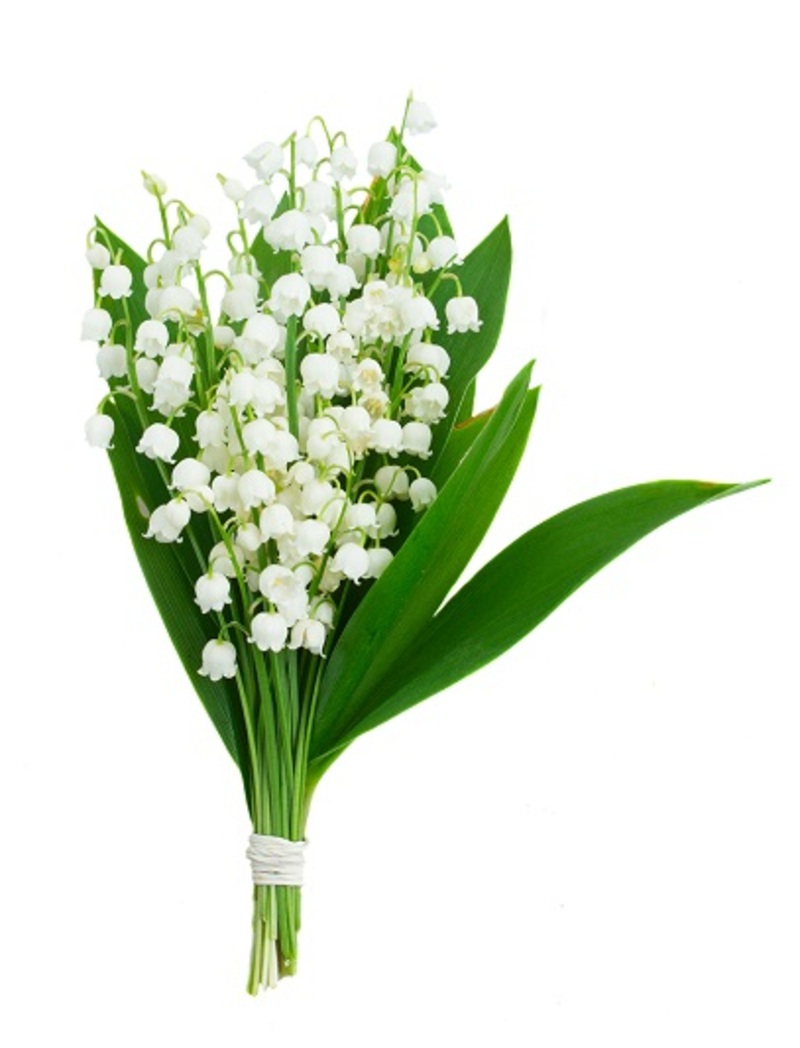Enhancing Your Garden with Robust Hydrangea Care Strategies
Posted on 30/08/2025
Enhancing Your Garden with Robust Hydrangea Care Strategies
Welcome to your comprehensive guide to enhancing your garden with robust hydrangea care strategies. Whether you are a seasoned gardener or a newcomer eager to add some lushness and color to your outdoor space, hydrangeas are a top choice for their captivating blooms, versatility, and resilience. In this detailed article, you'll learn everything you need to maintain vibrant hydrangeas that thrive throughout the seasons.
Introduction to Hydrangeas: The Star of the Garden
Hydrangeas are beloved worldwide for their billowing clusters of flowers that come in myriad colors, including blue, pink, white, and purple. With varieties suited to sun and shade, and options for containers or ground planting, it's understandable why gardeners seek hydrangea care tactics that ensure vigorous growth and abundant blossoms.
- Soil adaptation: Hydrangeas can change flower color based on soil pH, offering unique visual interest.
- Seasonal interest: With large, beautiful blooms from spring to fall, they provide months of landscape impact.
- Variety: From mopheads to panicles, there's a hydrangea for every setting.

Selecting the Best Hydrangea Varieties for Your Landscape
Before you dive into practical hydrangea care techniques, it's vital to select the right variety for your climate, soil, and design goals. Here are some preferred types:
Bigleaf Hydrangea (Hydrangea macrophylla)
- Commonly known as the garden hydrangea or French hydrangea.
- Well-loved for its ability to shift between pink and blue flowers based on soil pH.
- Ideal for mild climates (USDA Zones 6-9).
Panicle Hydrangea (Hydrangea paniculata)
- Features cone-shaped flower heads and remarkable cold tolerance.
- Can thrive in full sun.
- Often grows taller than other varieties.
Oakleaf Hydrangea (Hydrangea quercifolia)
- Recognizable by its oak-shaped leaves and white blooms that age to pink or purple.
- Excellent for adding fall color with foliage.
Climbing Hydrangea (Hydrangea petiolaris)
- Perfect for walls, fences, or pergolas, adding vertical drama to gardens.
- Tolerates partial to full shade.
Understanding Hydrangea Requirements: Soil, Sun & Water
Robust hydrangea care begins with meeting their fundamental needs. Proper hydrangea planting techniques pave the way for healthy root systems, lush foliage, and bountiful blooms.
Soil Preferences
- Drainage: Hydrangeas dislike "wet feet." Ensure the soil drains well to avoid root rot.
- Soil pH: For bigleaf hydrangeas, soil pH determines flower color. Acidic soils (pH below 6) produce blue flowers; alkaline soils (pH above 7) yield pink.
- Organic content: Amending soil with compost or leaf mold encourages healthy growth.
Sunlight Requirements
- Morning sun and afternoon shade: Most hydrangeas perform best with several hours of morning sun and shade from the harsh afternoon rays.
- Sun-tolerant varieties: Panicle hydrangeas can handle full sun with enough water.
Irrigation Strategies
- Consistent moisture: Hydrangeas require steady moisture during their growing season, especially in hot weather.
- Mulching: Applying a 2-3 inch layer of organic mulch helps retain soil moisture and suppress weeds.
- Deep soaking: Water deeply to encourage roots to grow downward.
Essential Hydrangea Care Techniques
With the foundation set, it's time to focus on proactive hydrangea care methods that will maximize your garden's beauty all season long.
Planting Hydrangeas: Getting Started Right
- Timing: The best time to plant hydrangeas is in early spring or fall when temperatures are moderate.
- Planting hole: Dig a hole twice as wide as the root ball but no deeper. Backfill with a mix of native soil and compost.
- Spacing: Give each plant enough room for future growth--generally 3-10 feet apart depending on the variety.
Watering Schedules for Hydrangea Health
- First-year care: Water new hydrangeas 2-3 times a week during dry spells until established.
- Mature plants: Deep soak once a week, allowing the top few inches of soil to dry out slightly between waterings.
- Watch for leaf wilt: Drooping leaves may indicate under or overwatering; adjust accordingly.
Feeding and Fertilizing Tactics
- Balanced nutrition: Fertilize with a balanced, slow-release fertilizer in spring as new growth appears. Avoid over-fertilizing, as it can promote leaves at the expense of flowers.
- Soil testing: Test soil every few years to maintain ideal conditions for flower color and plant health.
- Special amendments: For blue blooms, add aluminum sulfate; for pink, add garden lime to raise pH.
Pruning and Deadheading Hydrangeas
Proper pruning is crucial to ensure robust hydrangea blooms year after year.
- Know your type: Bigleaf and oakleaf hydrangeas bloom on old wood (last year's stems); panicle and smooth hydrangeas bloom on new wood (this year's stems).
- Timing: Prune old wood bloomers right after flowering, and new wood bloomers in late winter or early spring.
- Remove dead wood: Cut away dead or damaged stems at any time to promote air circulation and reduce disease.
- Deadheading: Removing spent blooms tidies plants and may encourage repeat flowering.
Advanced Strategies for Lush Hydrangeas
To elevate your garden, consider these professional hydrangea care solutions for maximized impact.
Supporting and Staking Heavy Hydrangeas
- Support stems: Use stakes or grow-through supports for varieties with heavy flower heads to prevent drooping after rain.
- Prune for strength: Thinning some stems increases airflow and strengthens overall structure.
Managing Pests and Diseases
- Common pests: Watch for aphids, spider mites, and scale insects. Treat with natural solutions like neem oil or insecticidal soap.
- Disease prevention: Powdery mildew and leaf spots can be minimized by watering at soil level and improving air circulation.
Overwintering Hydrangeas
- Mulch deeply: Insulate the root zone in late fall with a thick blanket of mulch, especially in cold climates.
- Protect flower buds: Bigleaf and oakleaf hydrangeas may need burlap wraps or protective cages filled with leaves to guard flower buds from late frosts.
Creative Hydrangea Garden Design Ideas
- Layering: Plant hydrangeas with shade perennials, ornamental grasses, or evergreen shrubs for year-round interest.
- Mix and match: Combine hydrangea varieties with different colors and bloom times.
- Container gardens: Dwarf hydrangeas thrive in large pots on balconies and patios.
Frequently Asked Questions about Hydrangea Care
Why are my hydrangea leaves turning yellow?
Yellowing often signals overwatering, poor drainage, or nutrient deficiencies. Check soil moisture and improve drainage, or test your soil for imbalances.
How do I change my hydrangea's flower color?
For bigleaf hydrangeas, amend soil for pink blooms by adding lime to raise pH; for blue by adding aluminum sulfate to lower it. Be patient - color shifts take a growing season or more.
When is the best time to prune hydrangeas?
It depends on variety--old wood bloomers immediately after flowering; new wood bloomers in late winter or early spring.

Conclusion: Transforming Your Garden with Smart Hydrangea Care
Applying these robust hydrangea care strategies is a guaranteed way to transform your garden into a lush retreat bursting with color and texture. By choosing the right variety, giving careful attention to soil, sun, and water, and adopting expert maintenance tactics, you'll enjoy healthy hydrangeas season after season. Remember, every garden is unique--observe your plants, experiment with care techniques, and find what helps your hydrangeas flourish.
With patience and the best hydrangea care practices, your landscape will become a showcase of enduring beauty, delighting visitors and providing personal enjoyment for years to come.
Additional Resources: Further Reading for Hydrangea Enthusiasts
- American Hydrangea Society: In-depth articles and regional guides
- Local extension offices: For climate-specific planting and care tips
- Specialty nurseries: Sourcing rare and unique hydrangea cultivars
Now that you are well-versed in effective hydrangea care methods, it's time to head to your garden and witness the transformation firsthand. Share your success with fellow gardeners, and enjoy the lasting elegance hydrangeas bring to every home landscape!
Latest Posts
Behind the Scenes: Our [AREA] Florist Team in Action
3 Easy Steps to Ensure Your Flowers Maintain Their Beauty
Enhancing Your Garden with Robust Hydrangea Care Strategies






